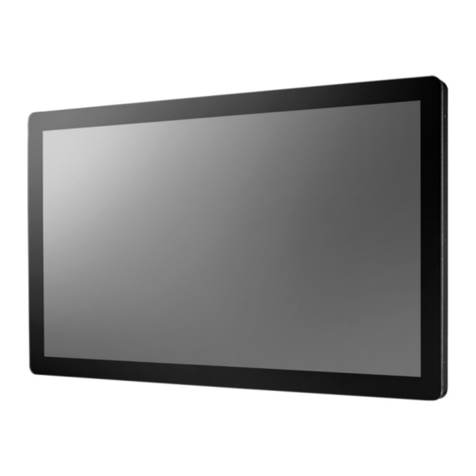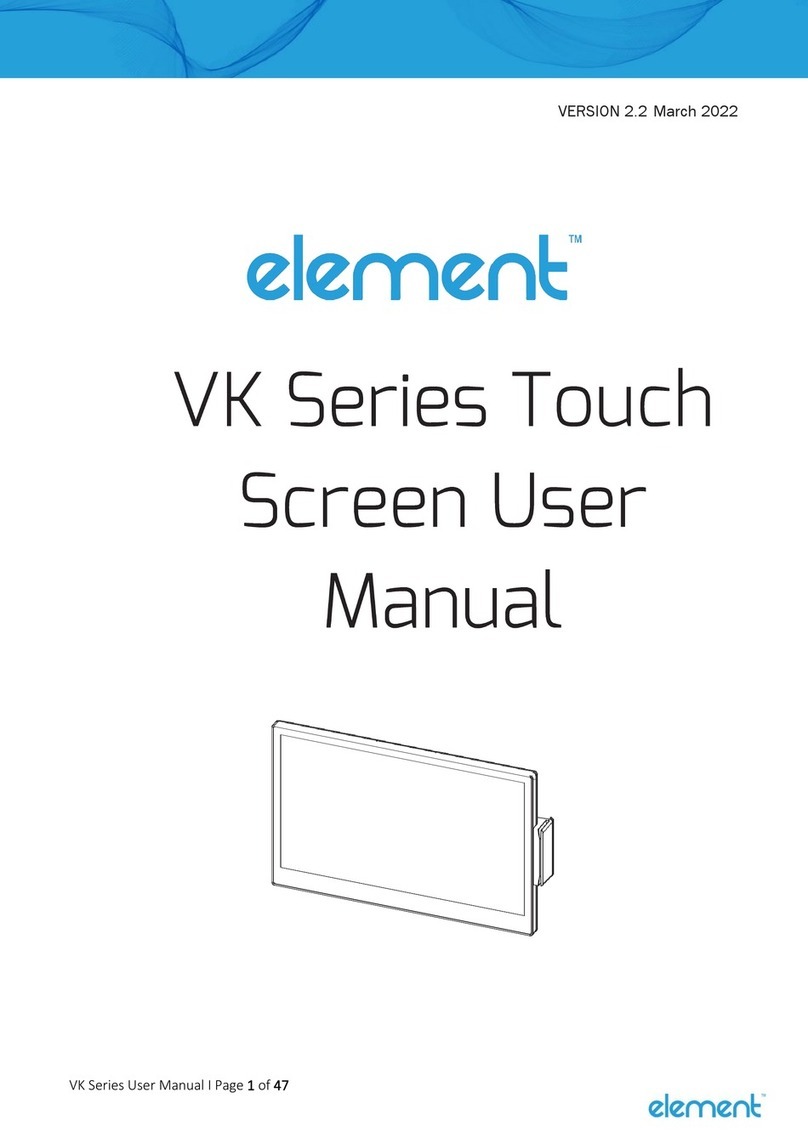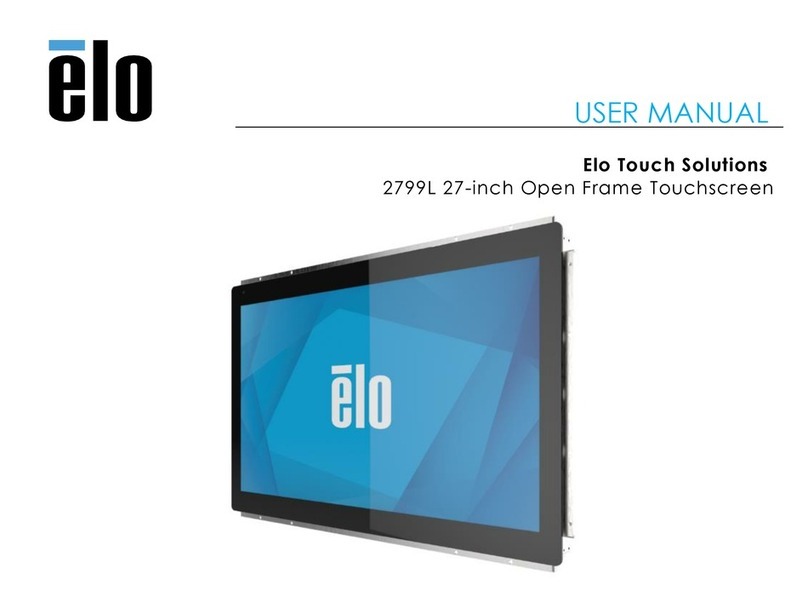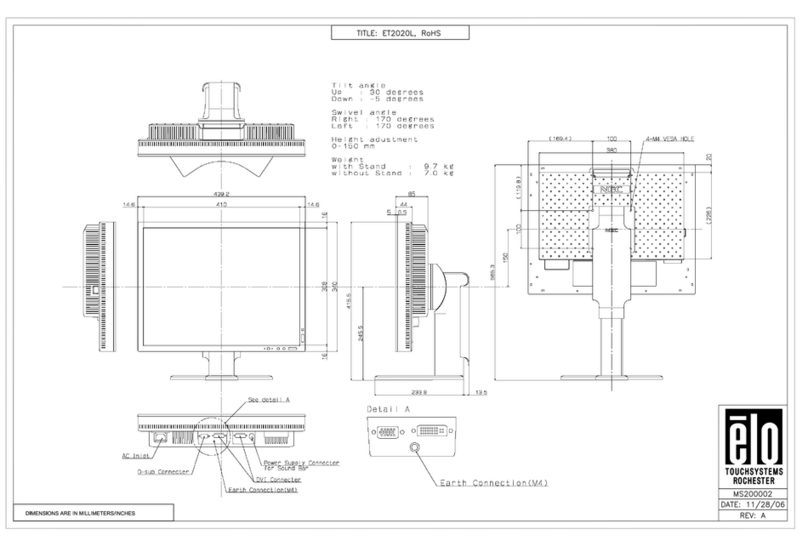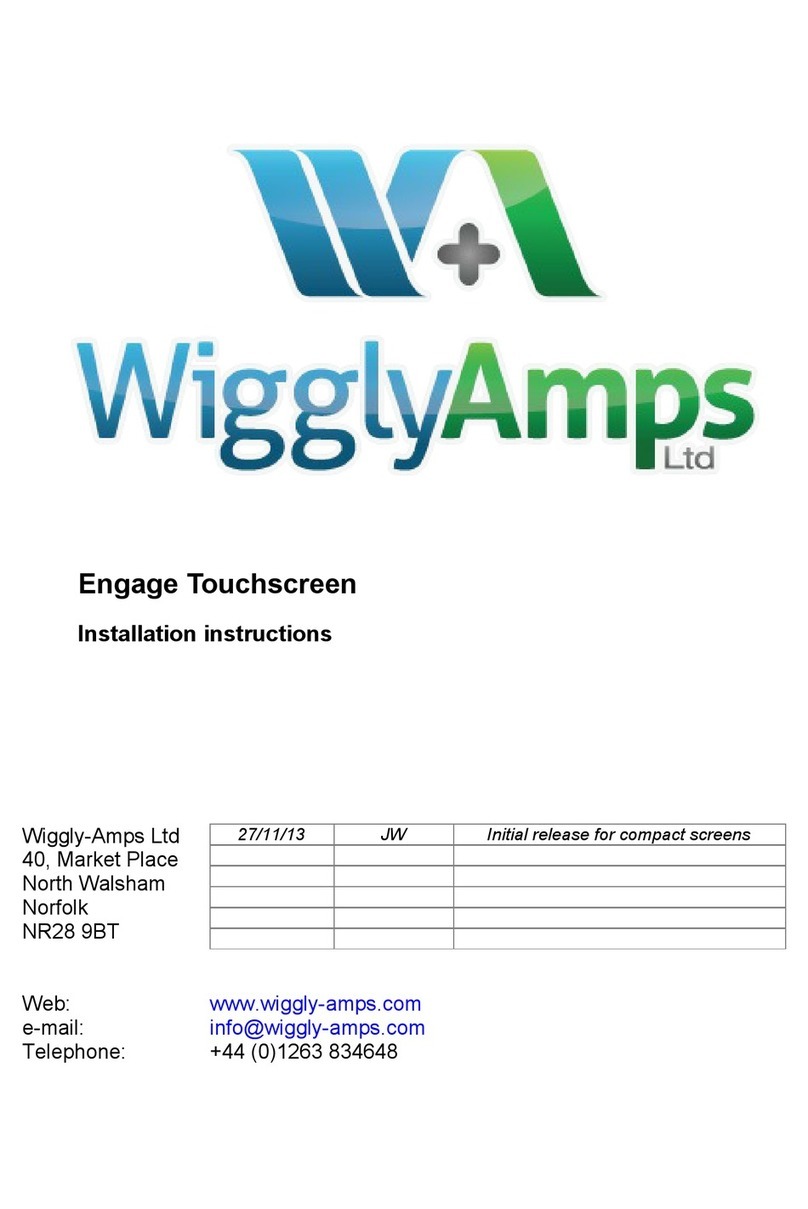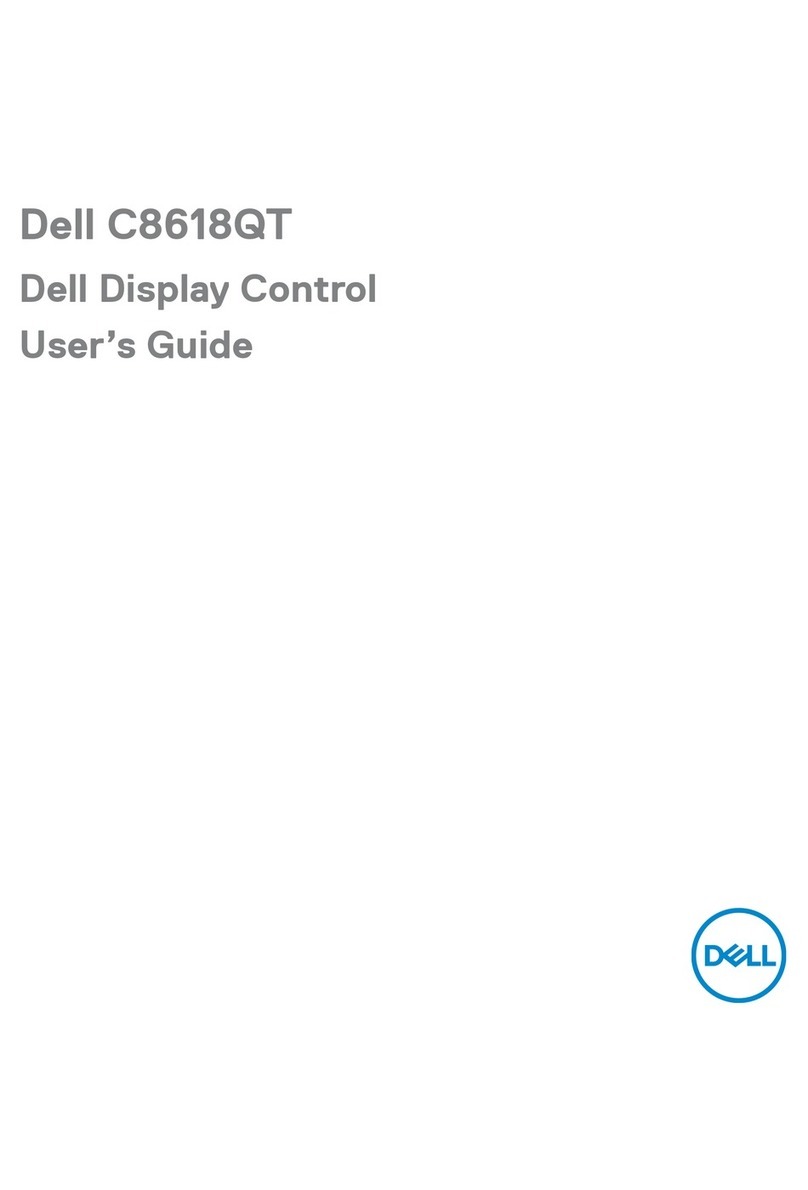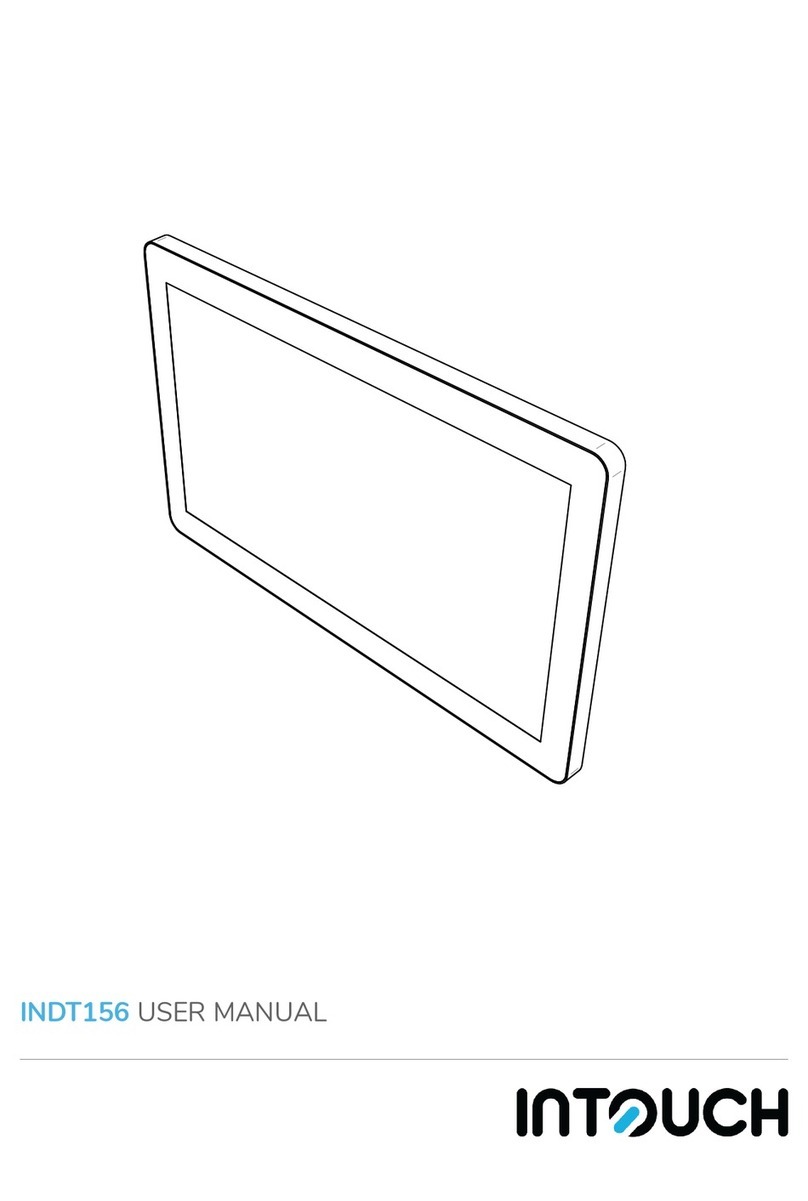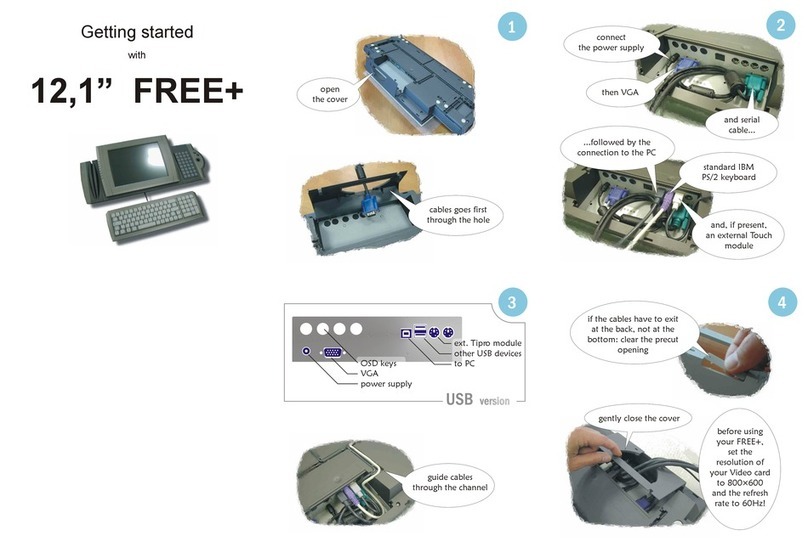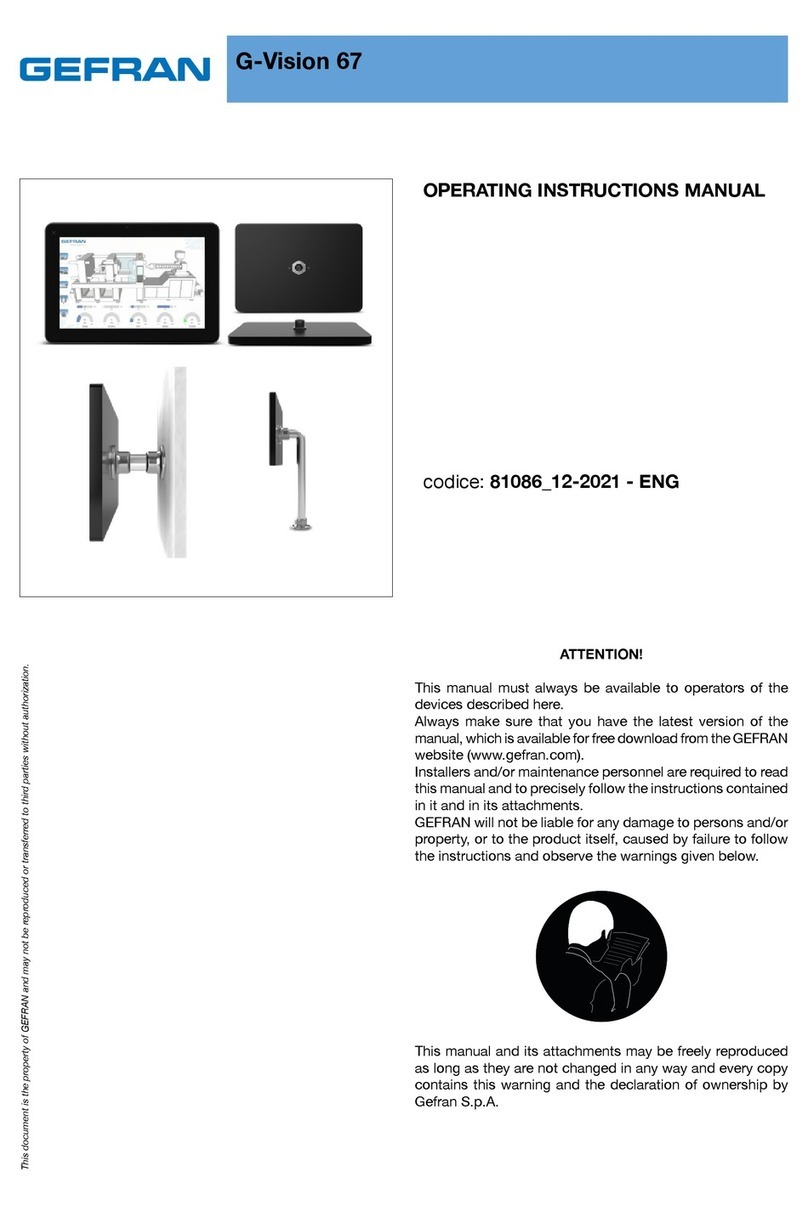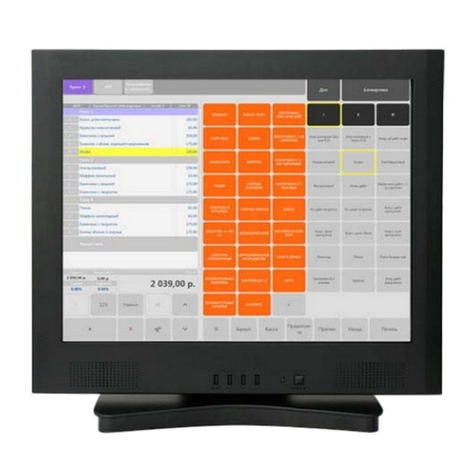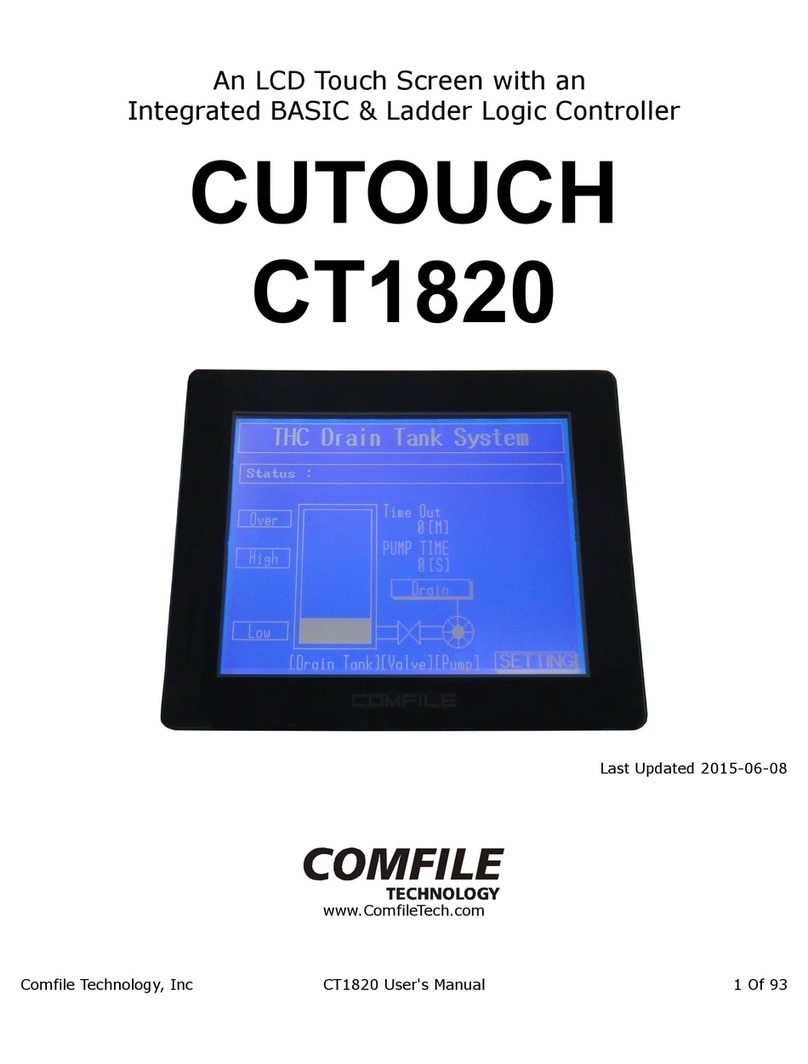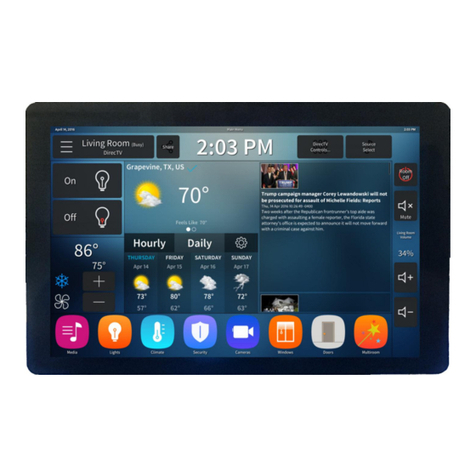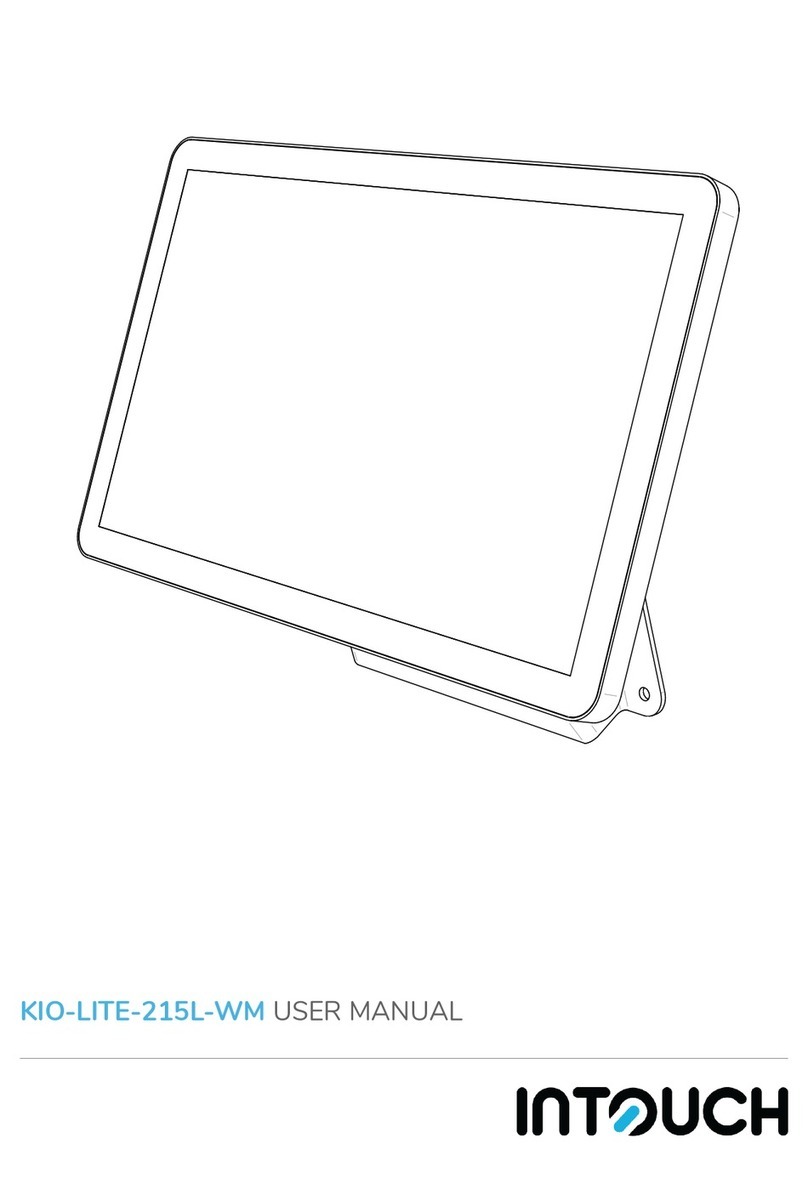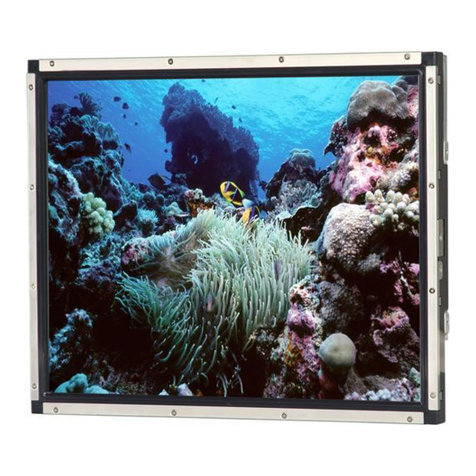Introduction
Analogue Touchscreen Repeater Panel CTPR3000
The CTPR3000 fire detection repeater panel provides sophisticated ‘touch
screen’ functionality yet achieves a simple end-user interface operation
within a compact panel design. The CTPR3000 is designed to work with
Cooper Analogue Addressable Fire alarm Control Panels as a network
repeater. It is fully compliant with the statutory requirement of EN60950
(LVD) and EN50130 (EMC) and includes an integral monitor PSU compliant
with the latest requirements of EN54 pt4 together with a wide range of user
controllable functions; make the panel suitable for a wide range of projects.
The Cooper repeater panel is easy to install and commission all text is
transmitted via the network and is automatically updated and as the
following features
• Plug and play. All information is downloading through the network
• Touch Screen Display
• Integrated Network capability allows networking with Cooper latest range of analogue
addressable Fire Alarm Control Panels
• Multi language capability
• 2 programmable Auxiliary relays
• 24 Volts 500ma output
• Programmable input is available
• External Printer outputs
• Up to 1000 event log
• Optional local and external PSU
• PSU approved to EN54 pt4
• Utilises 2 core cables and up to 125 repeaters can be connected to the network
• Programmable as an active or Passive Repeater can be power locally or external 24
volts power supply
7
